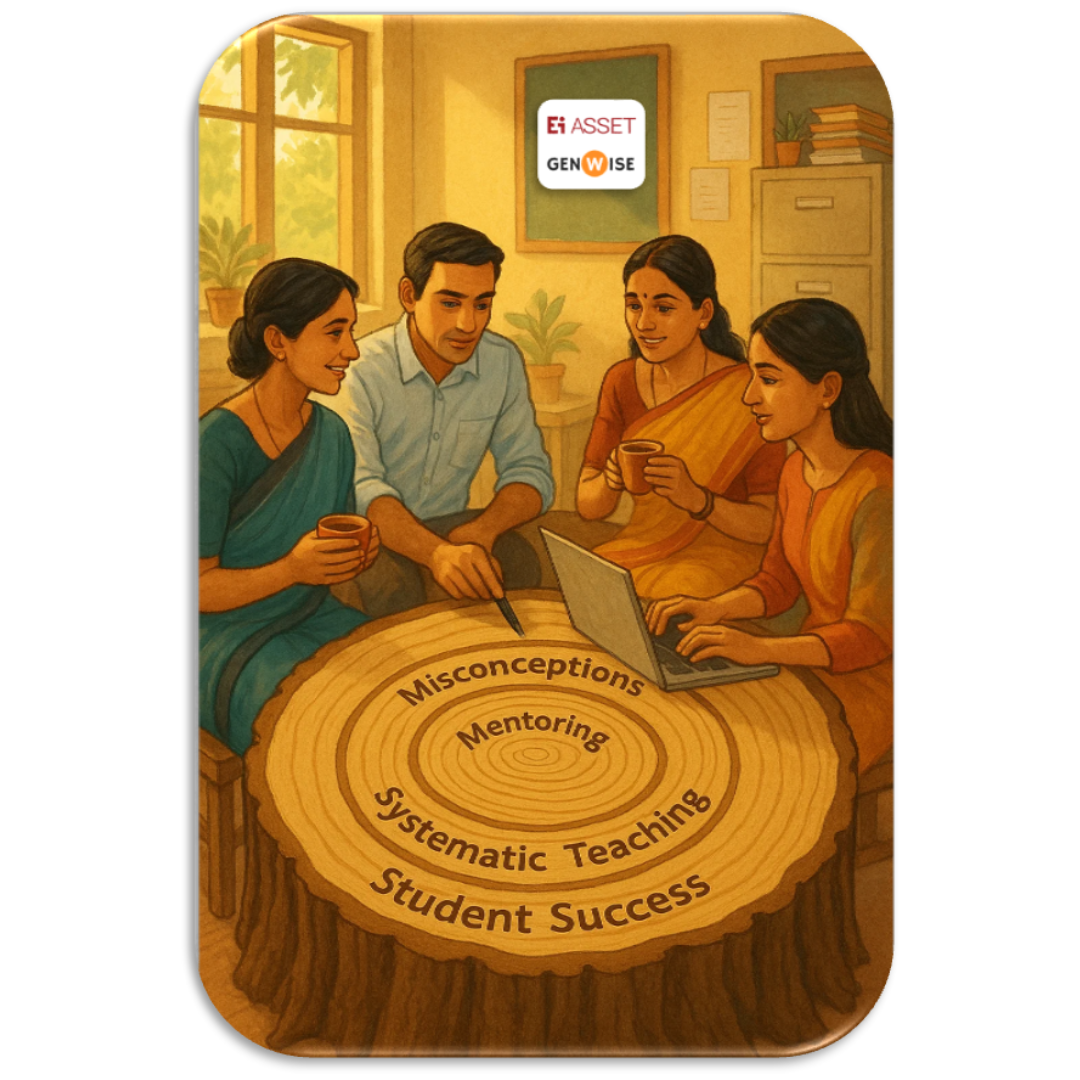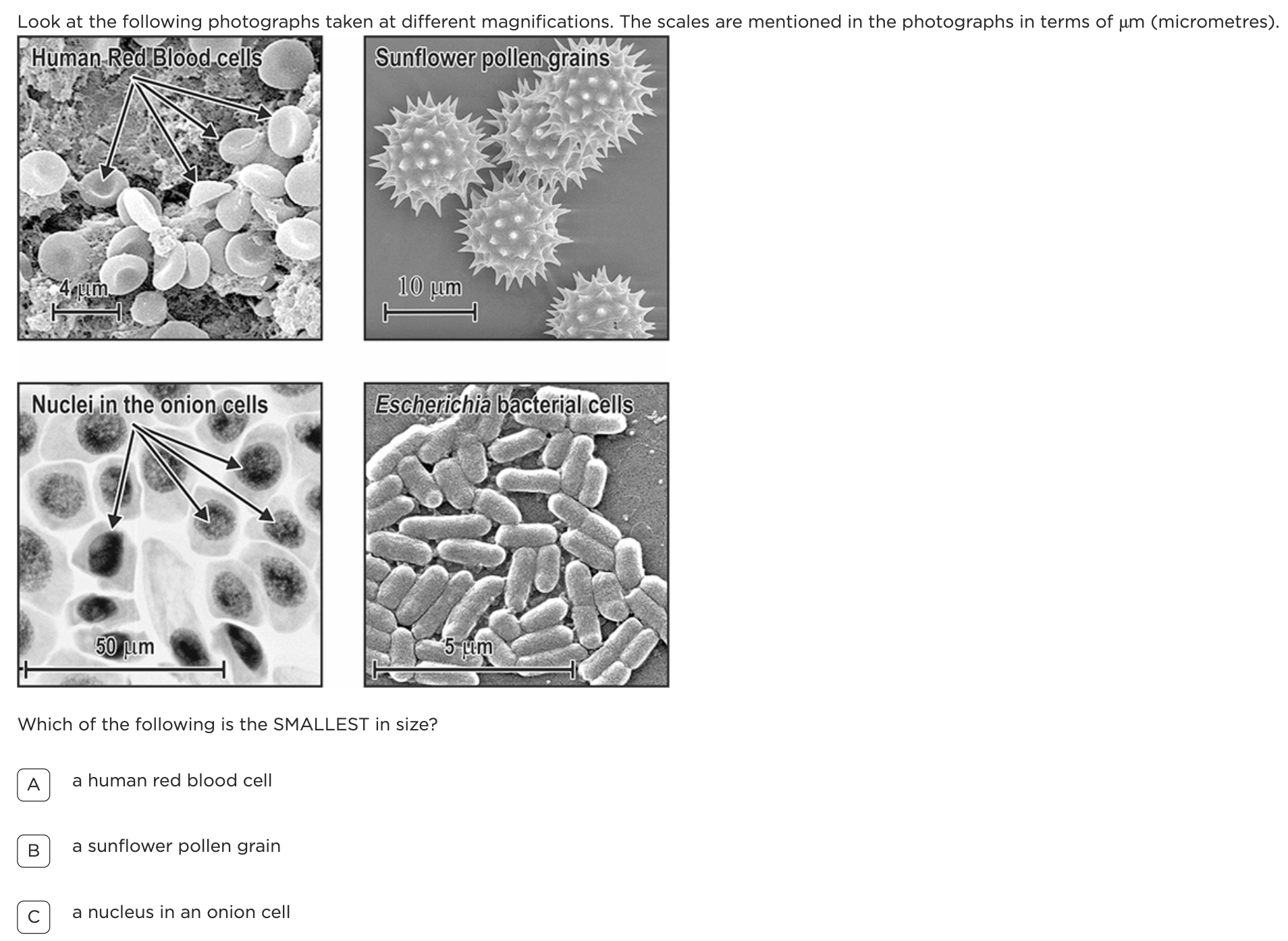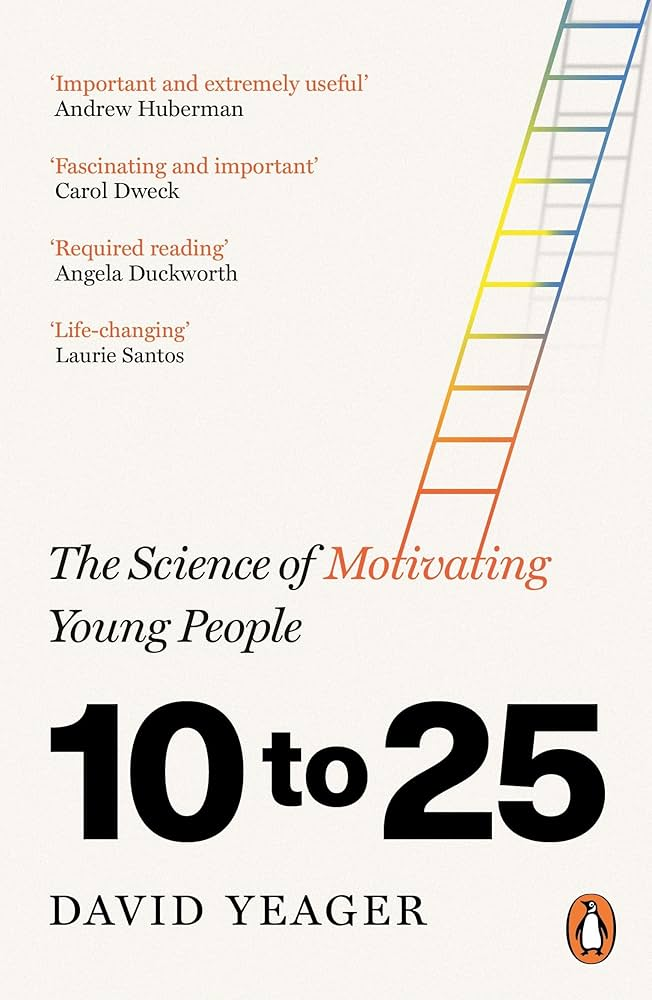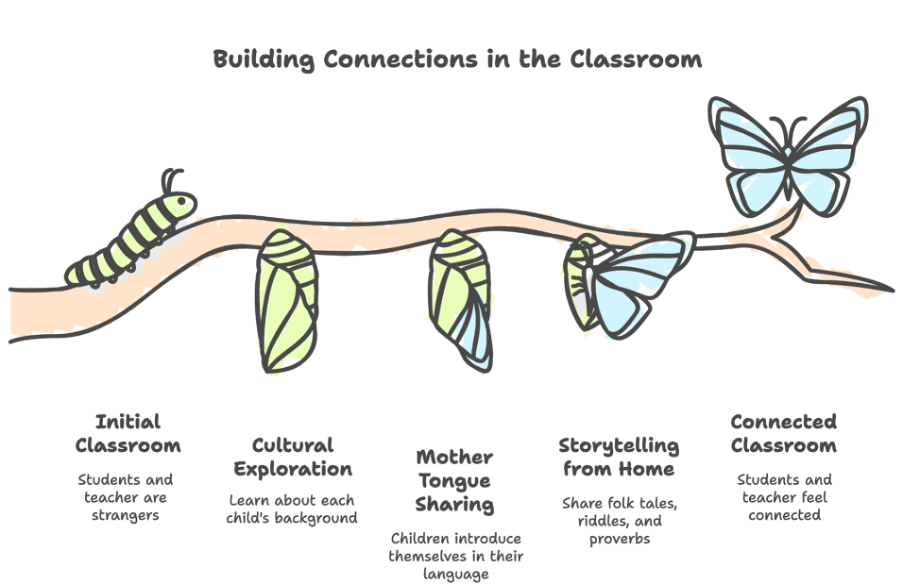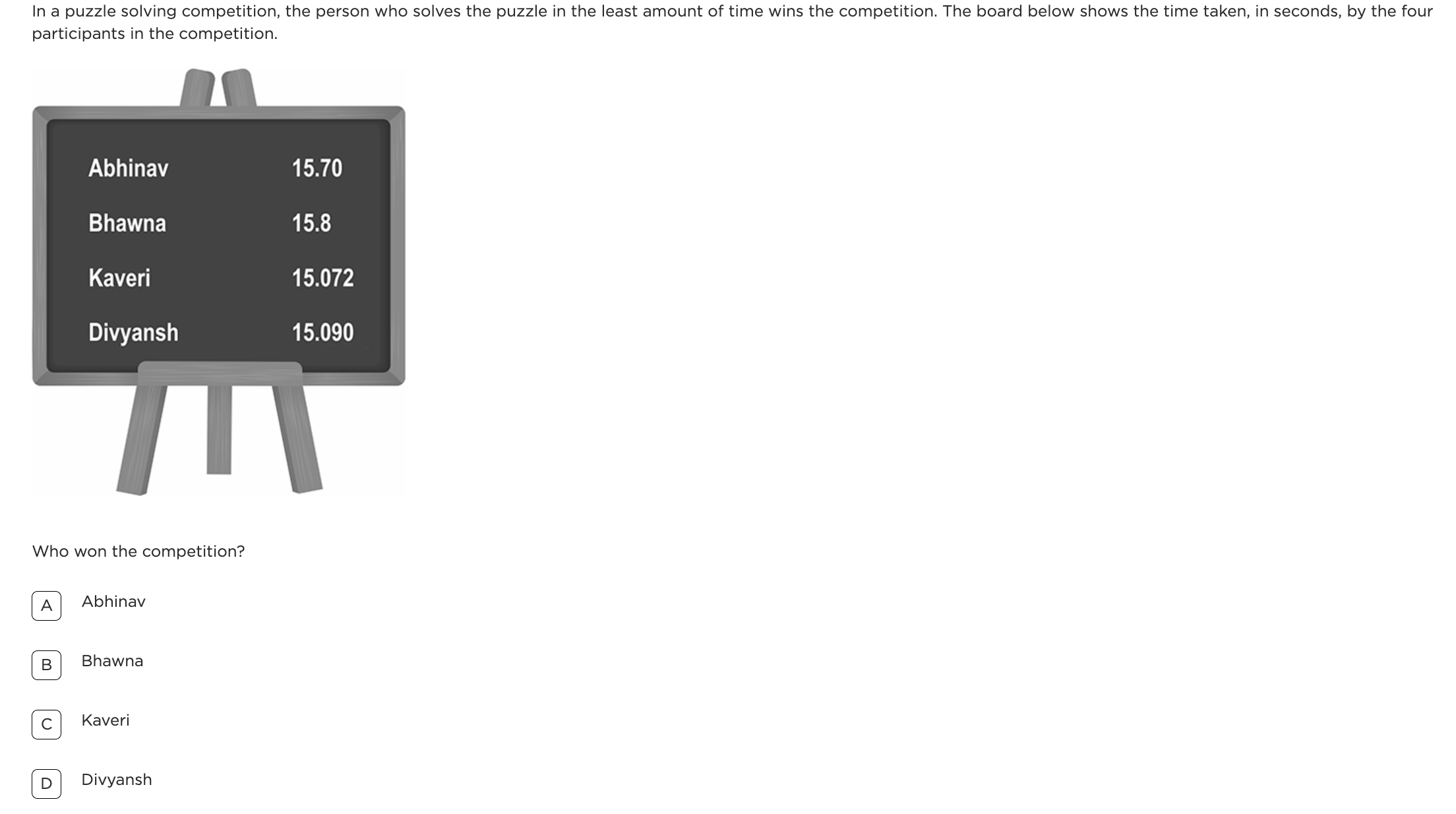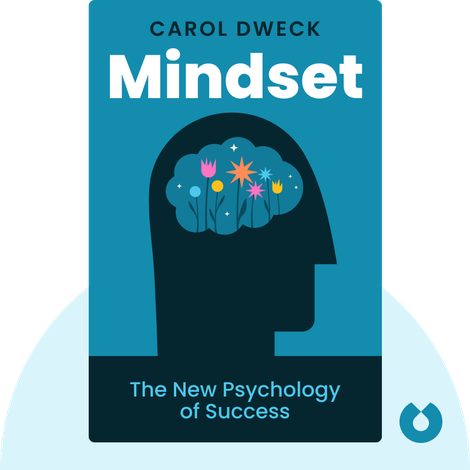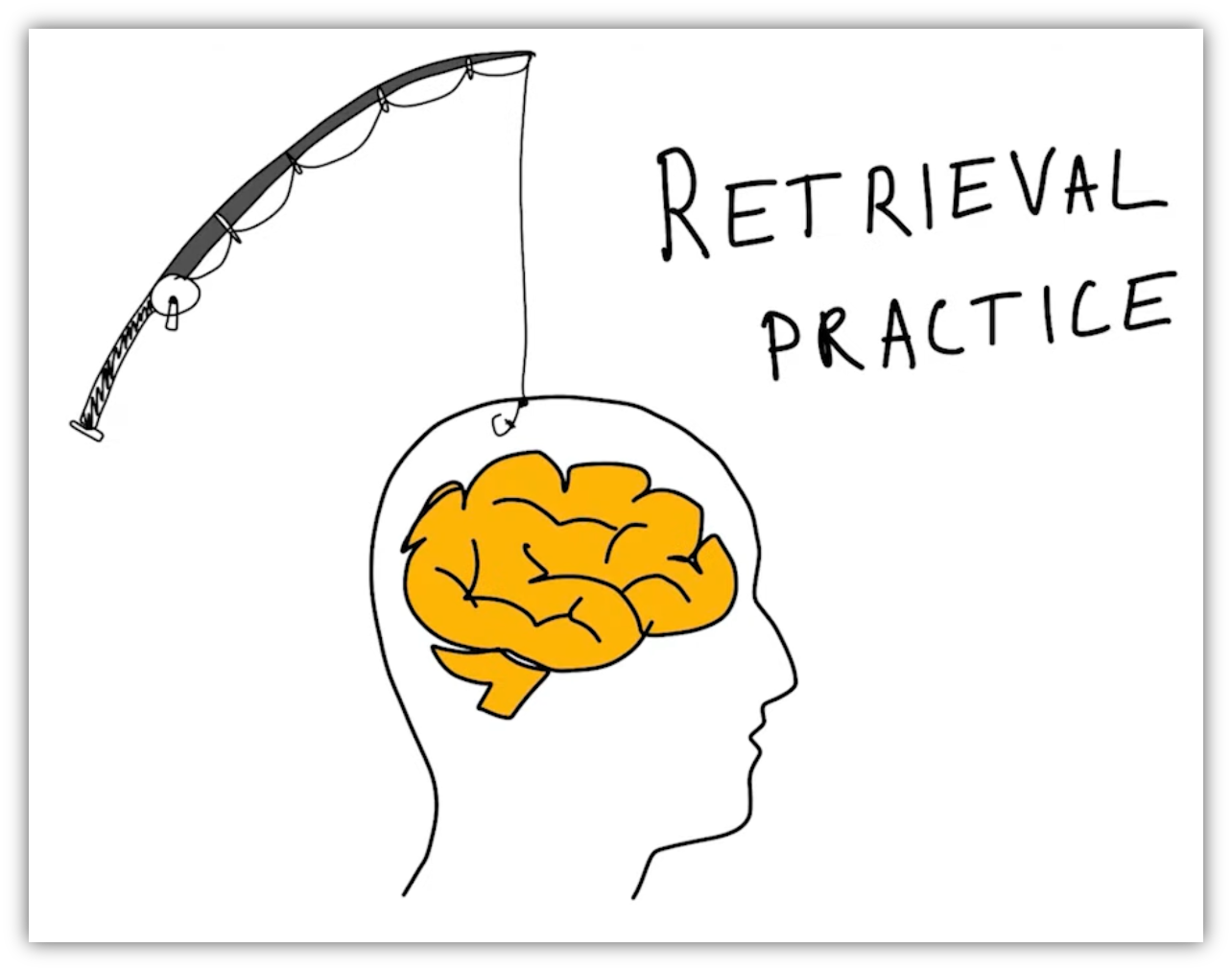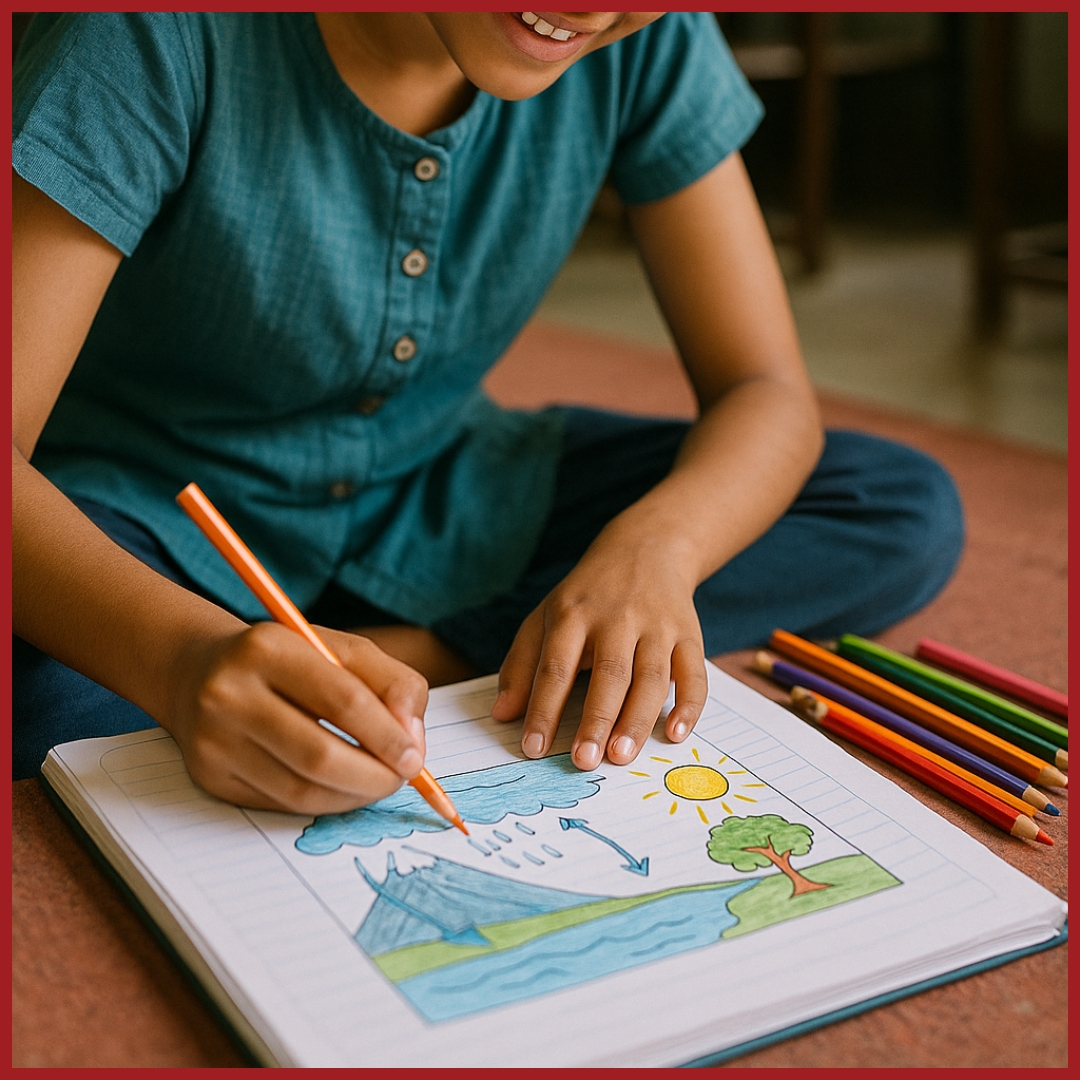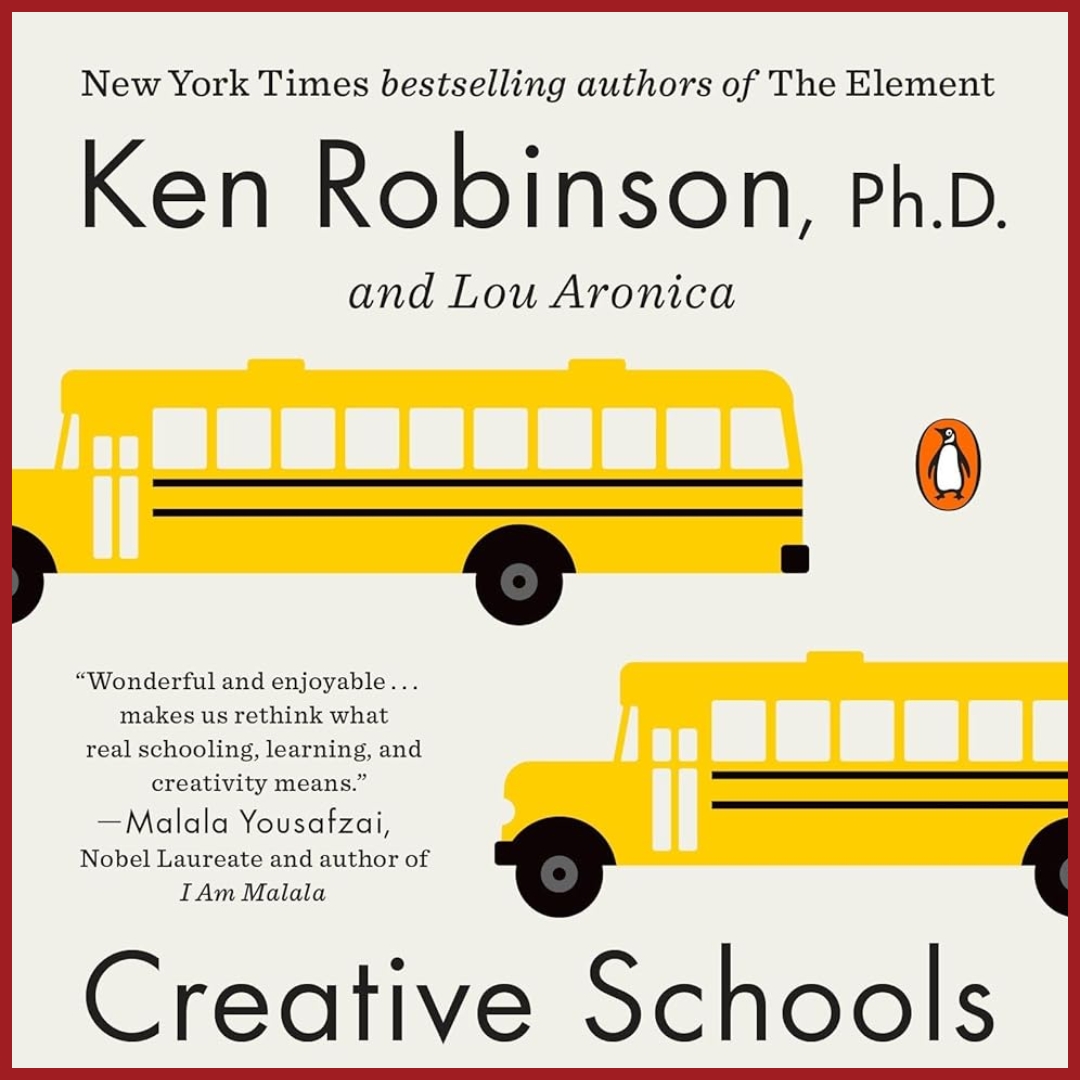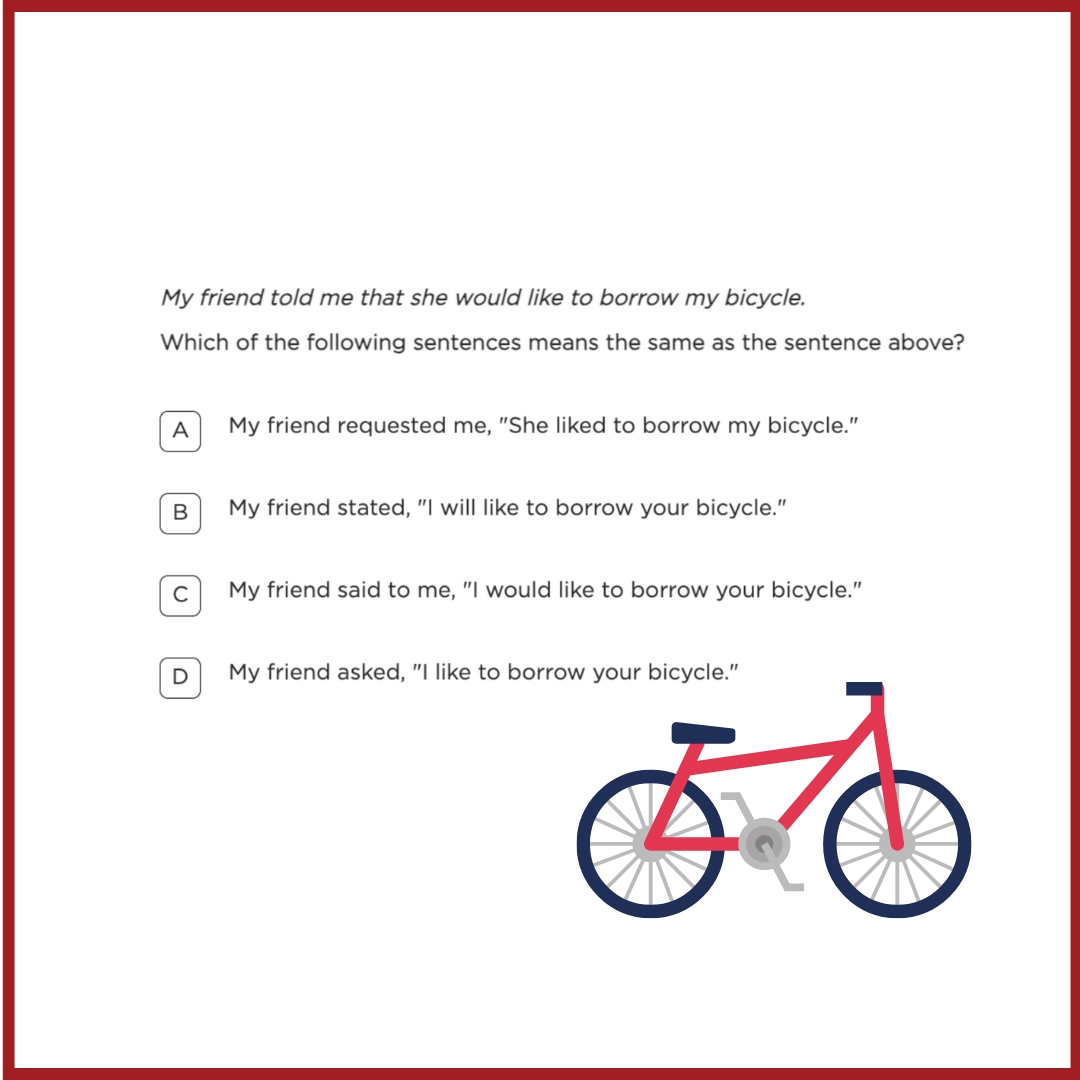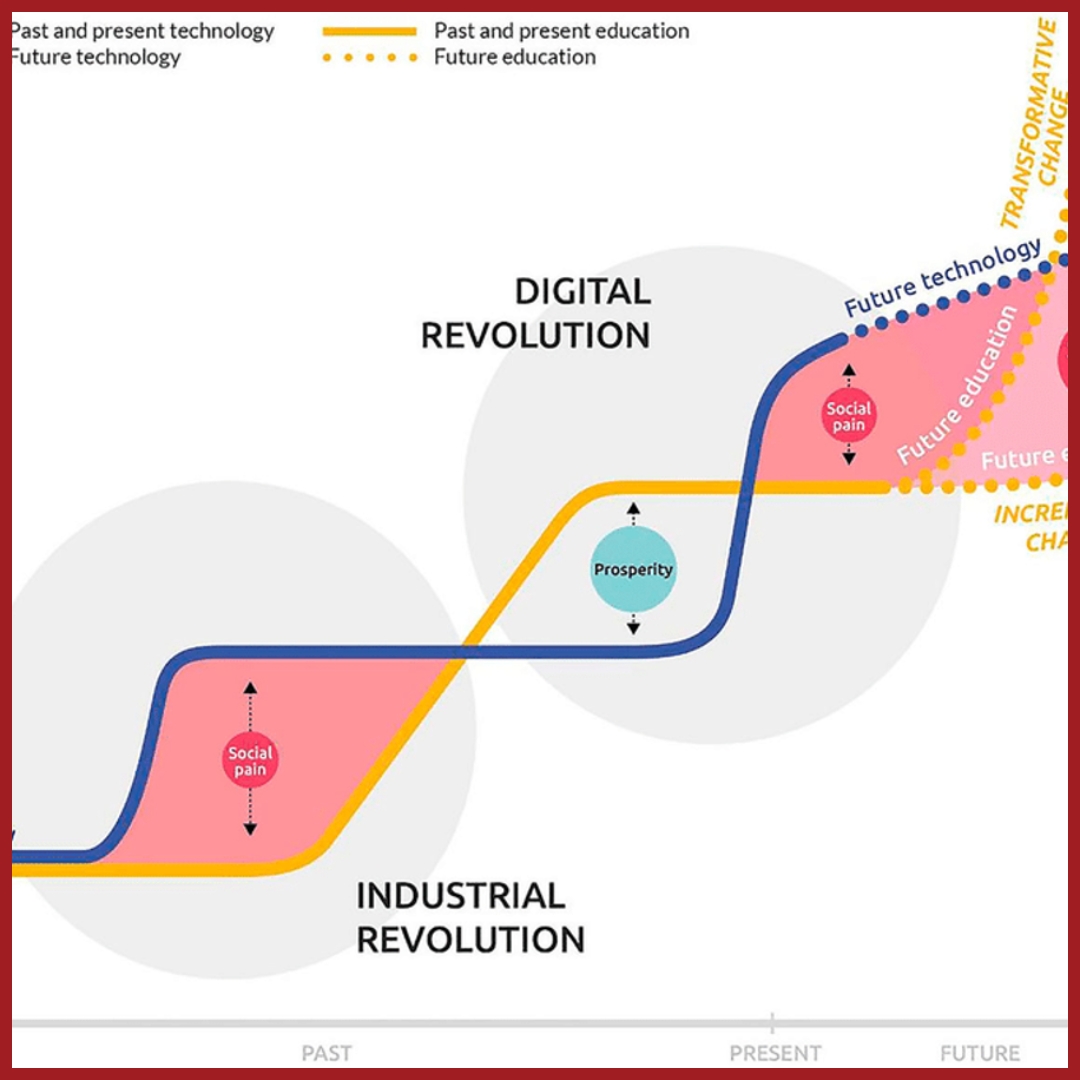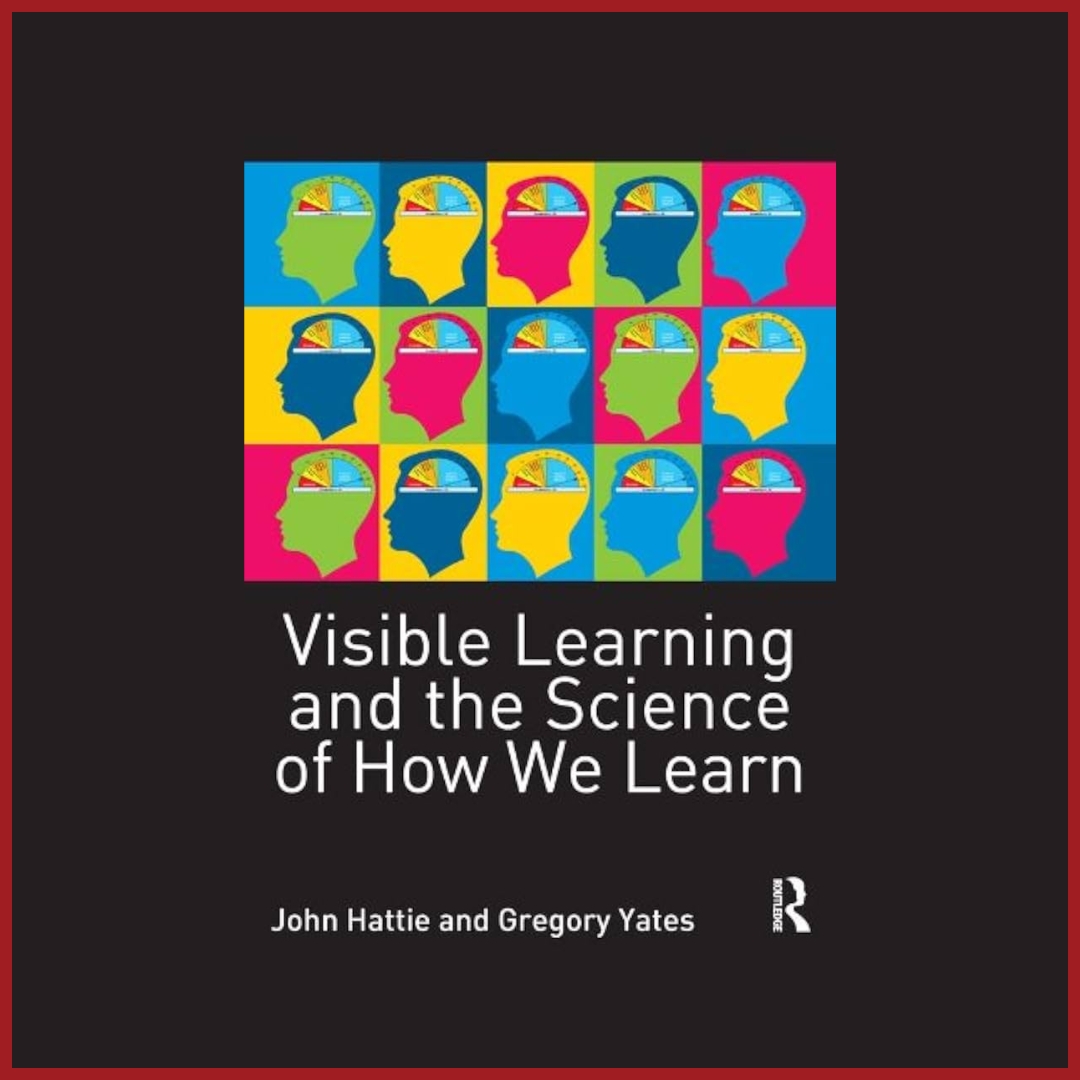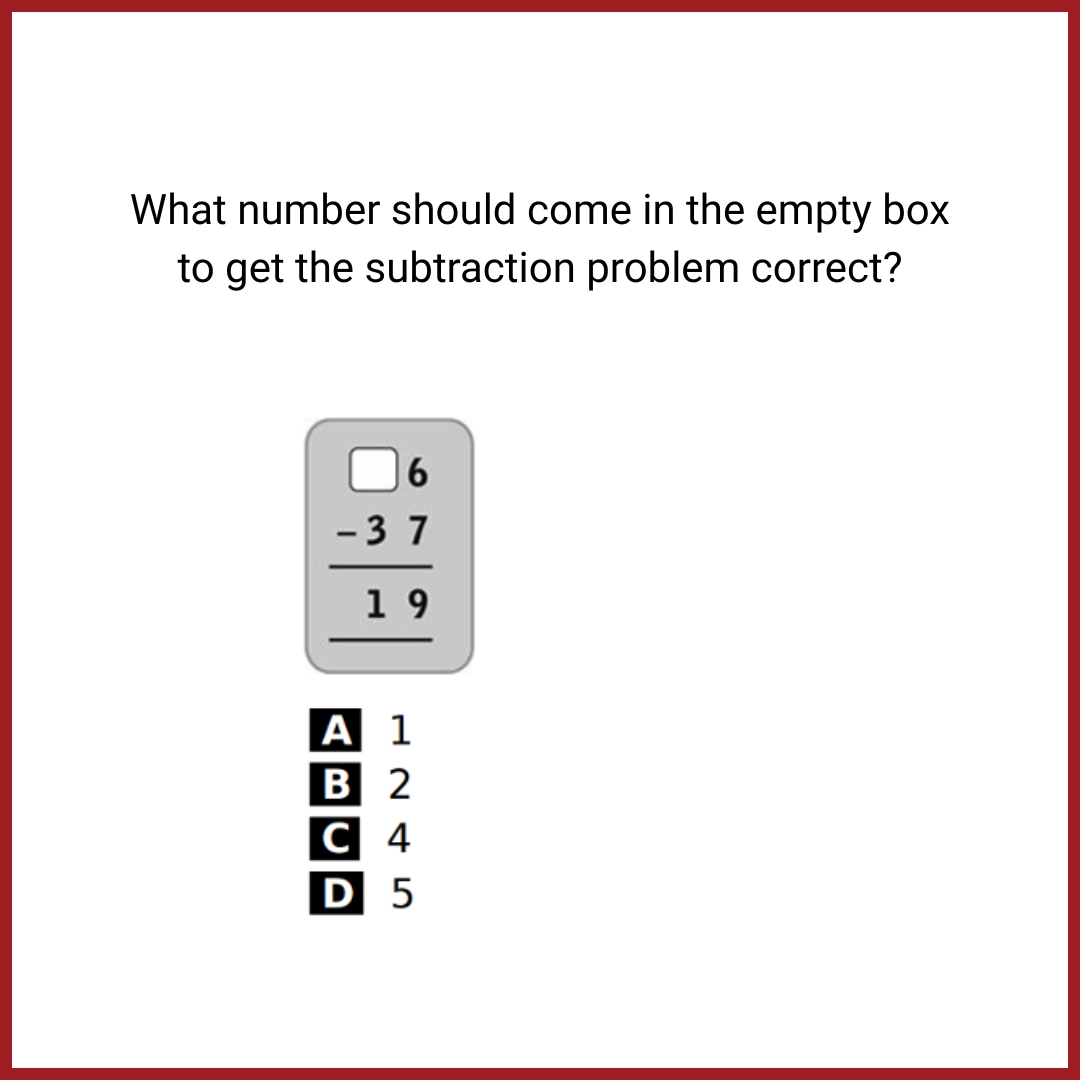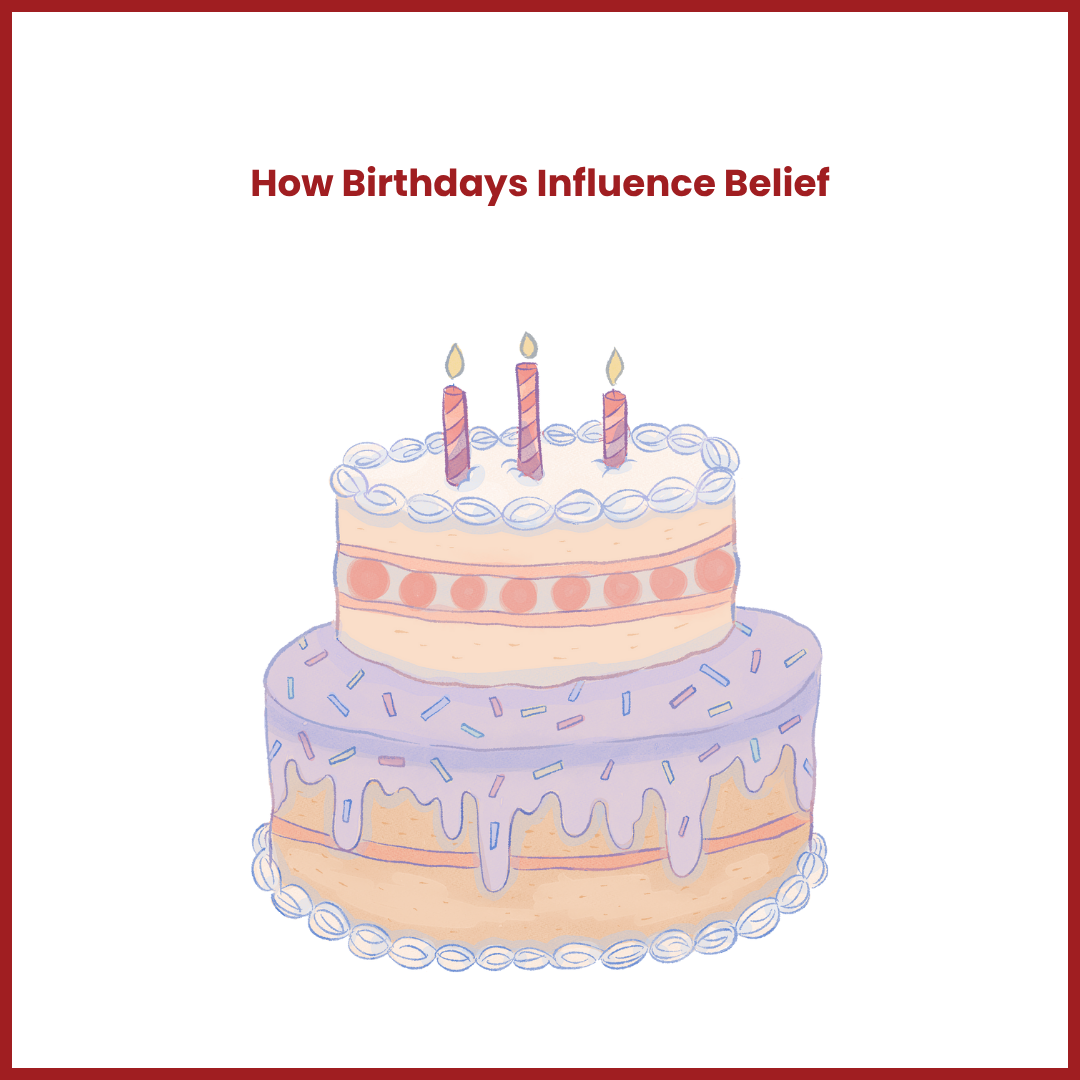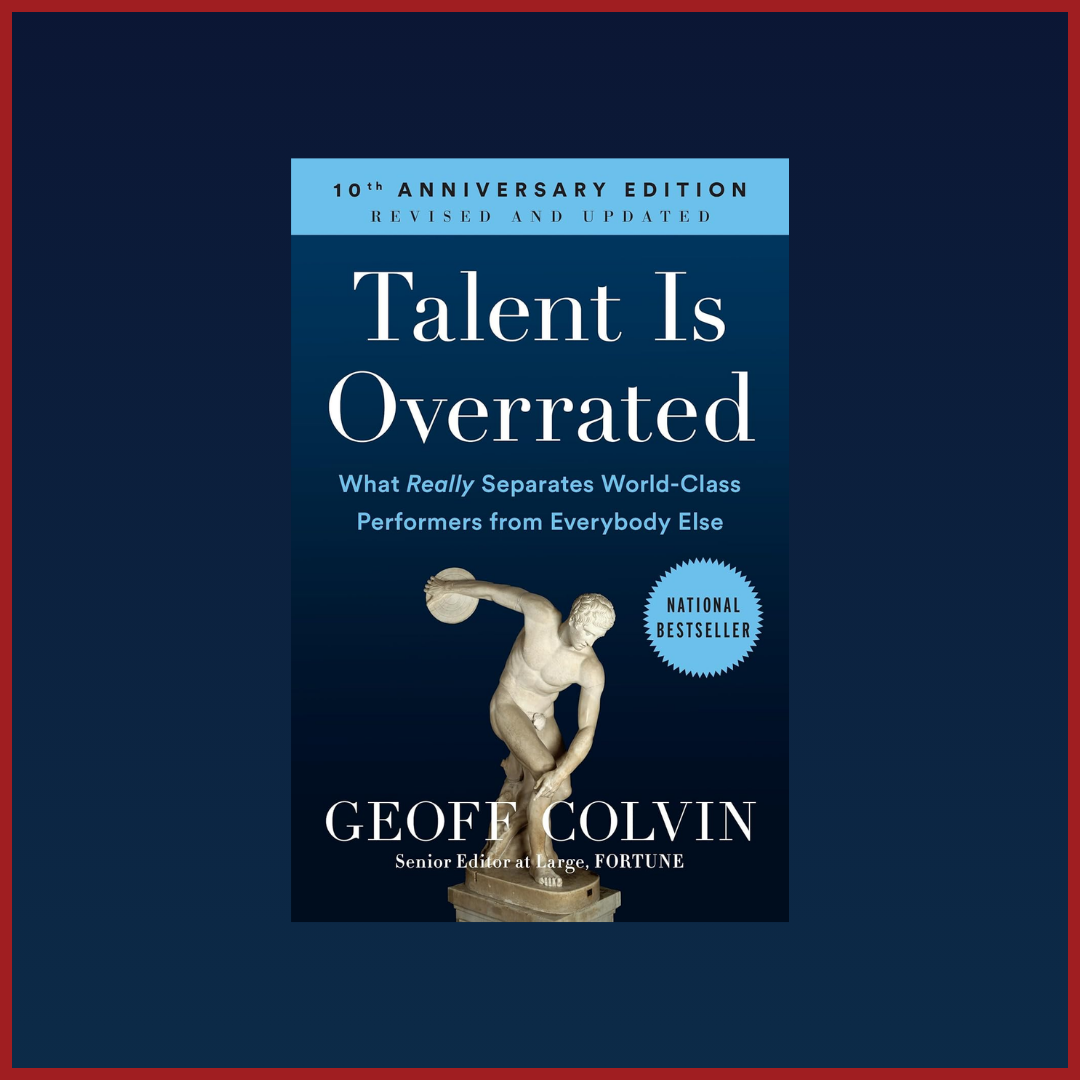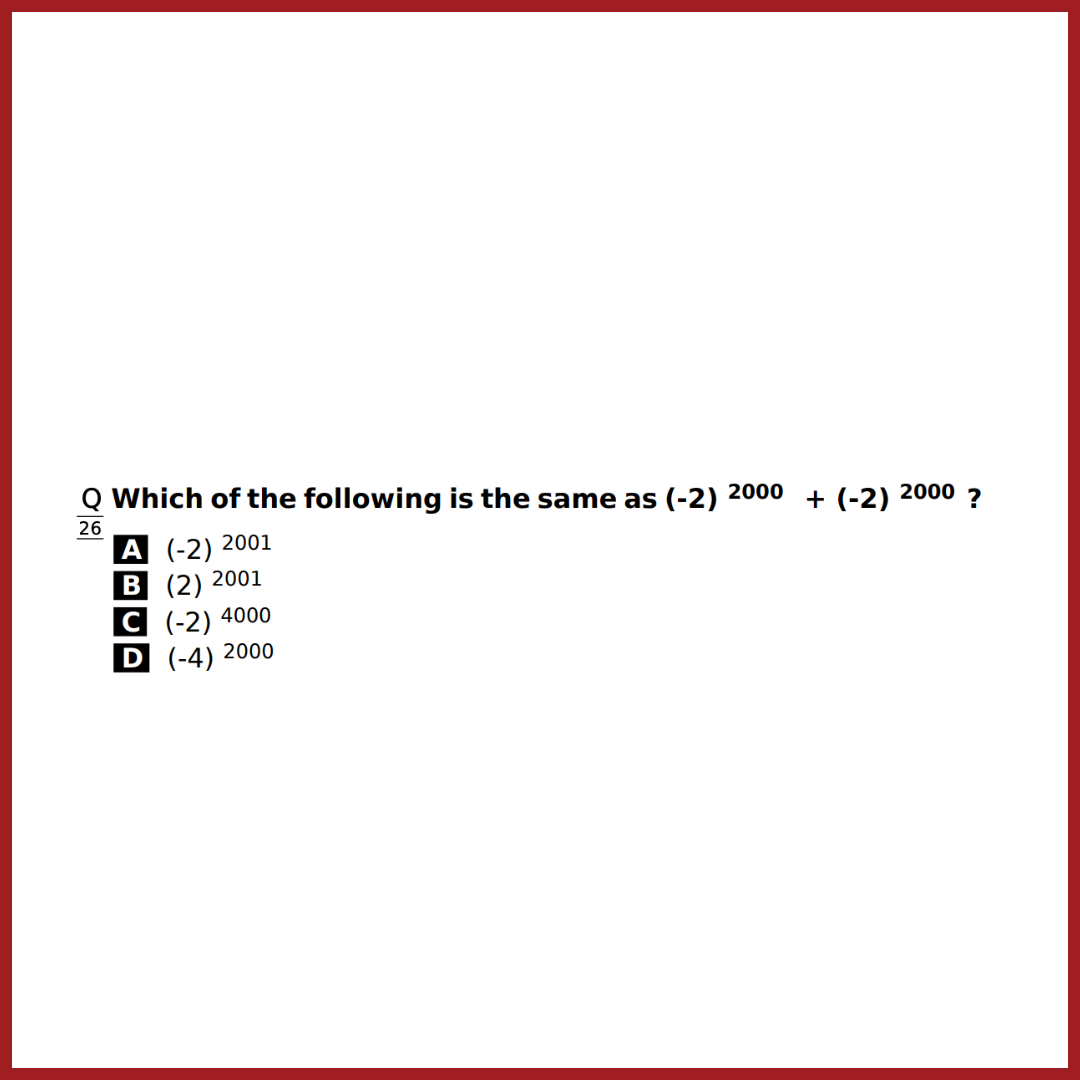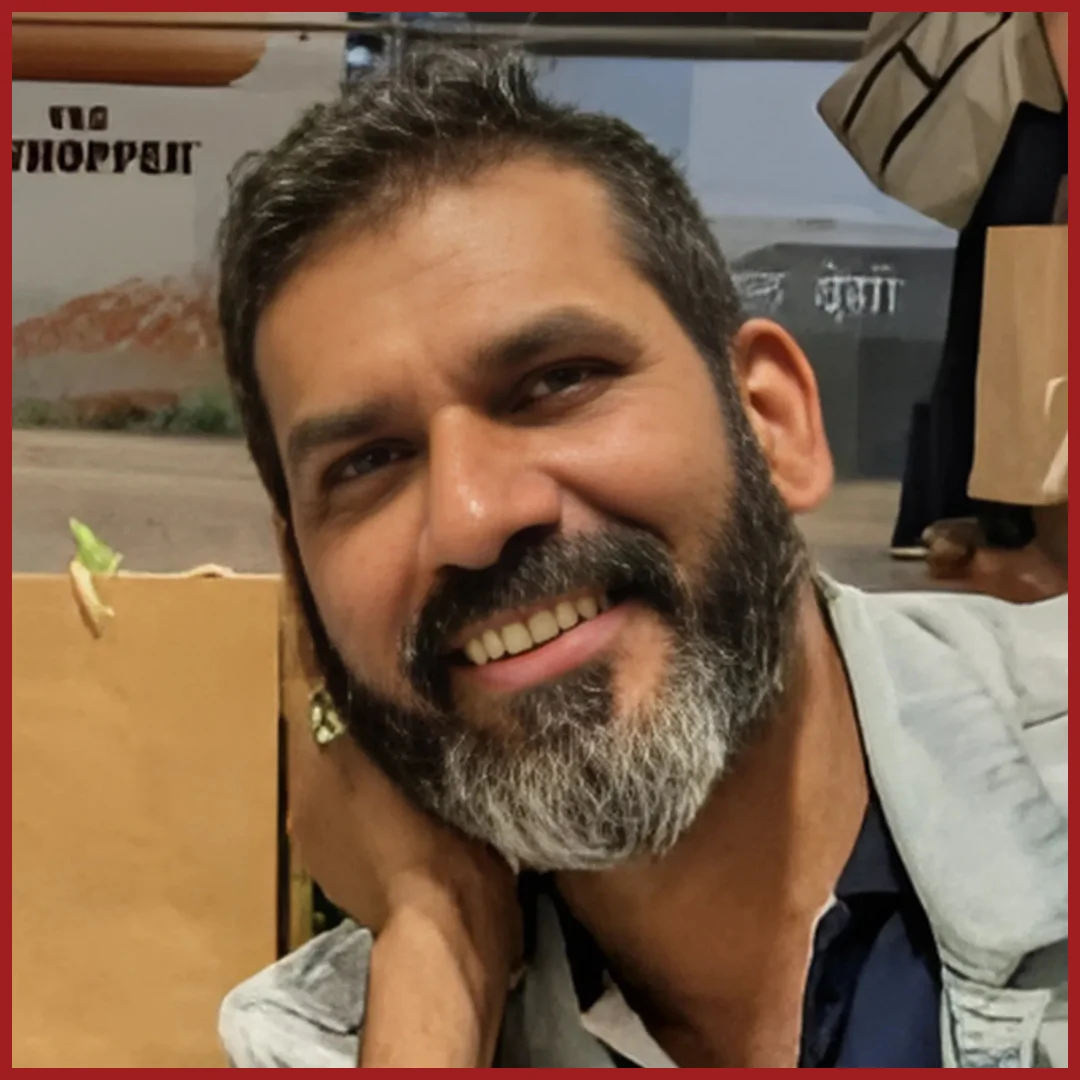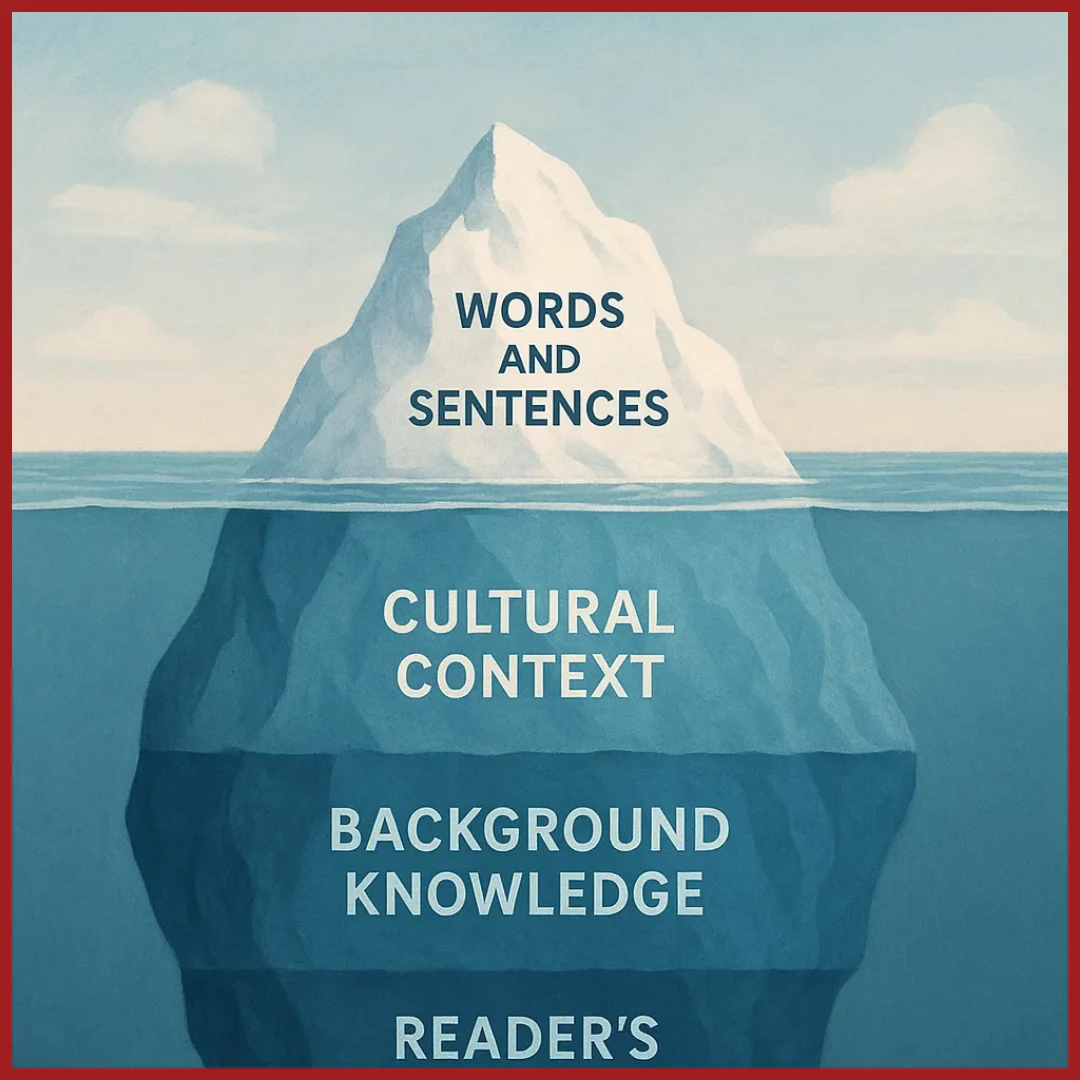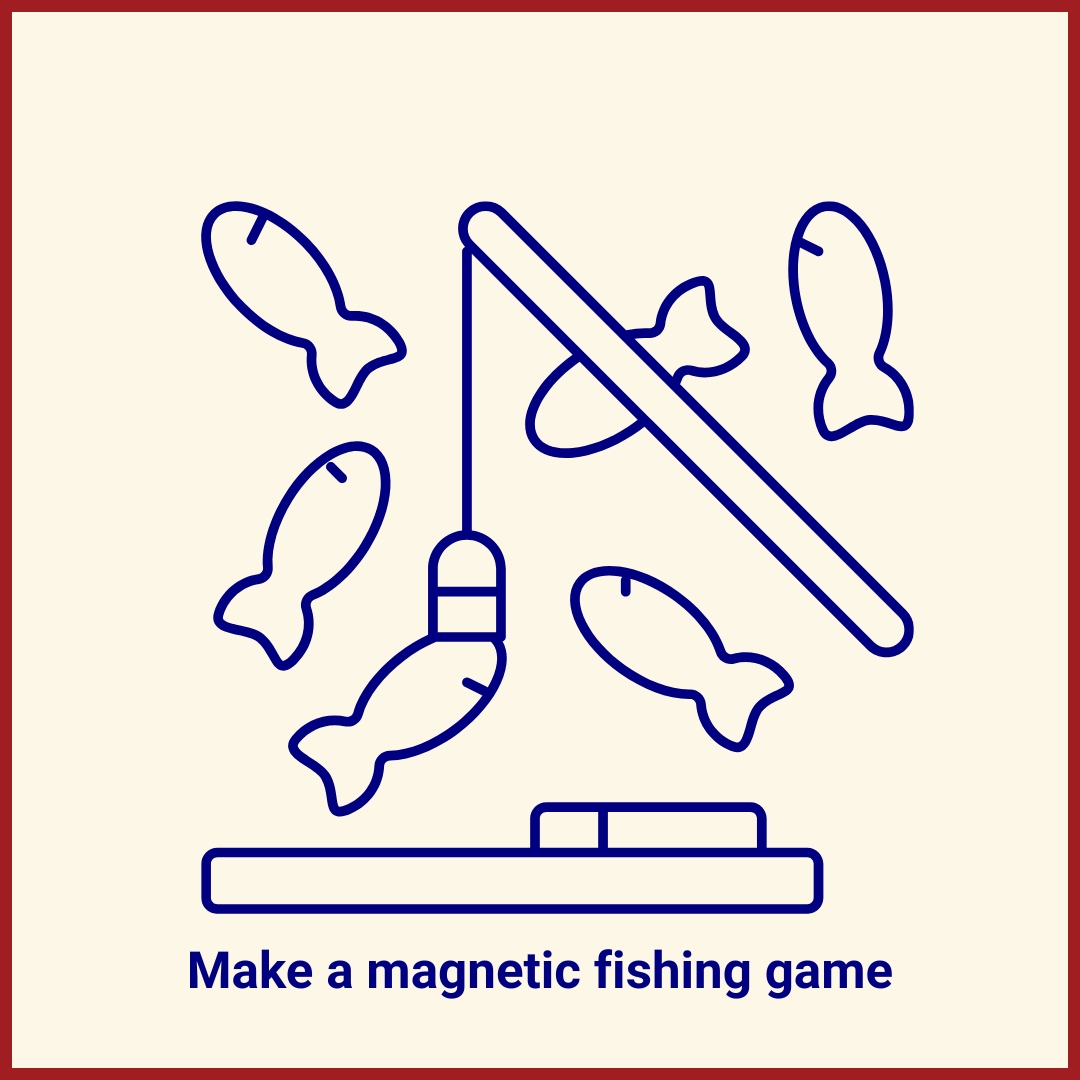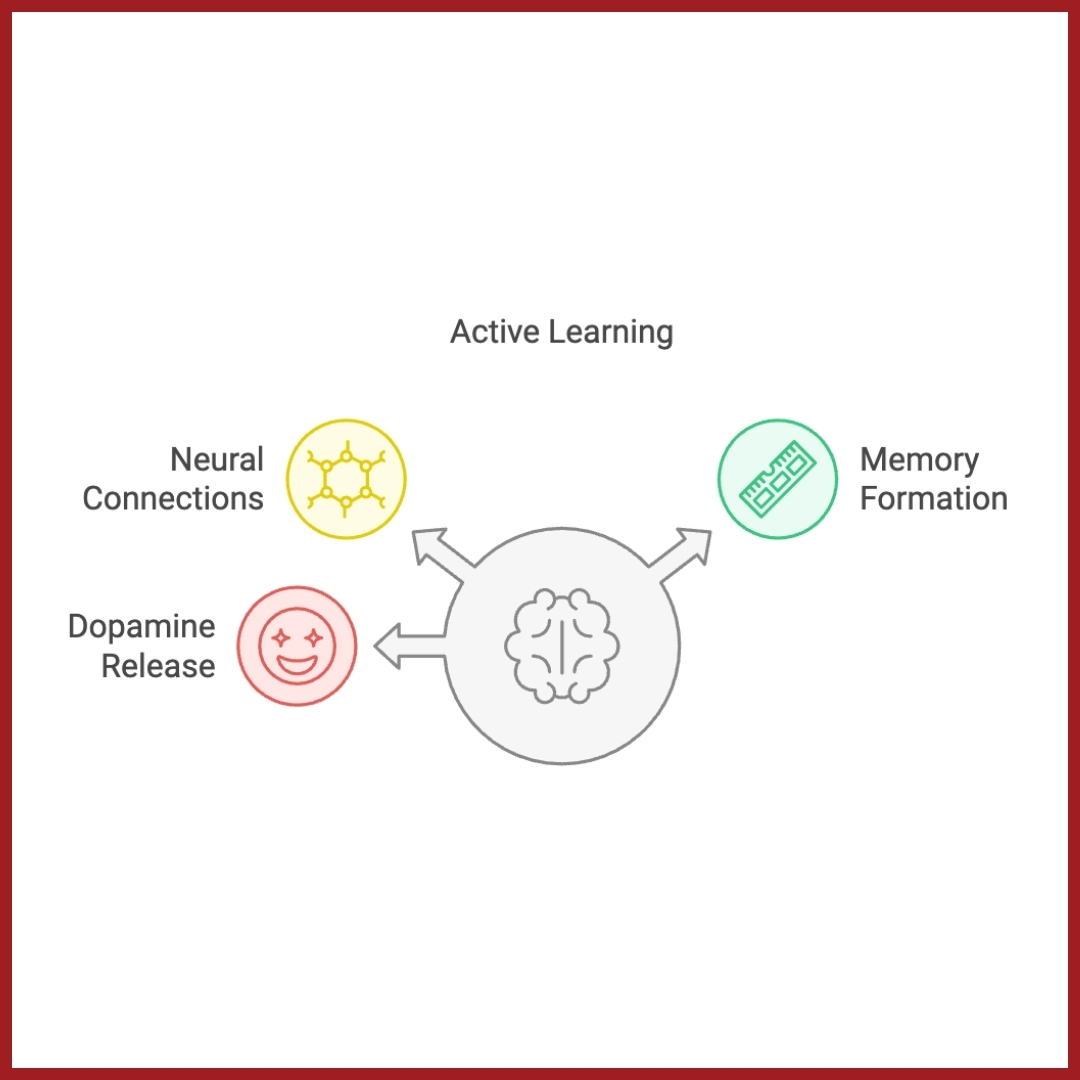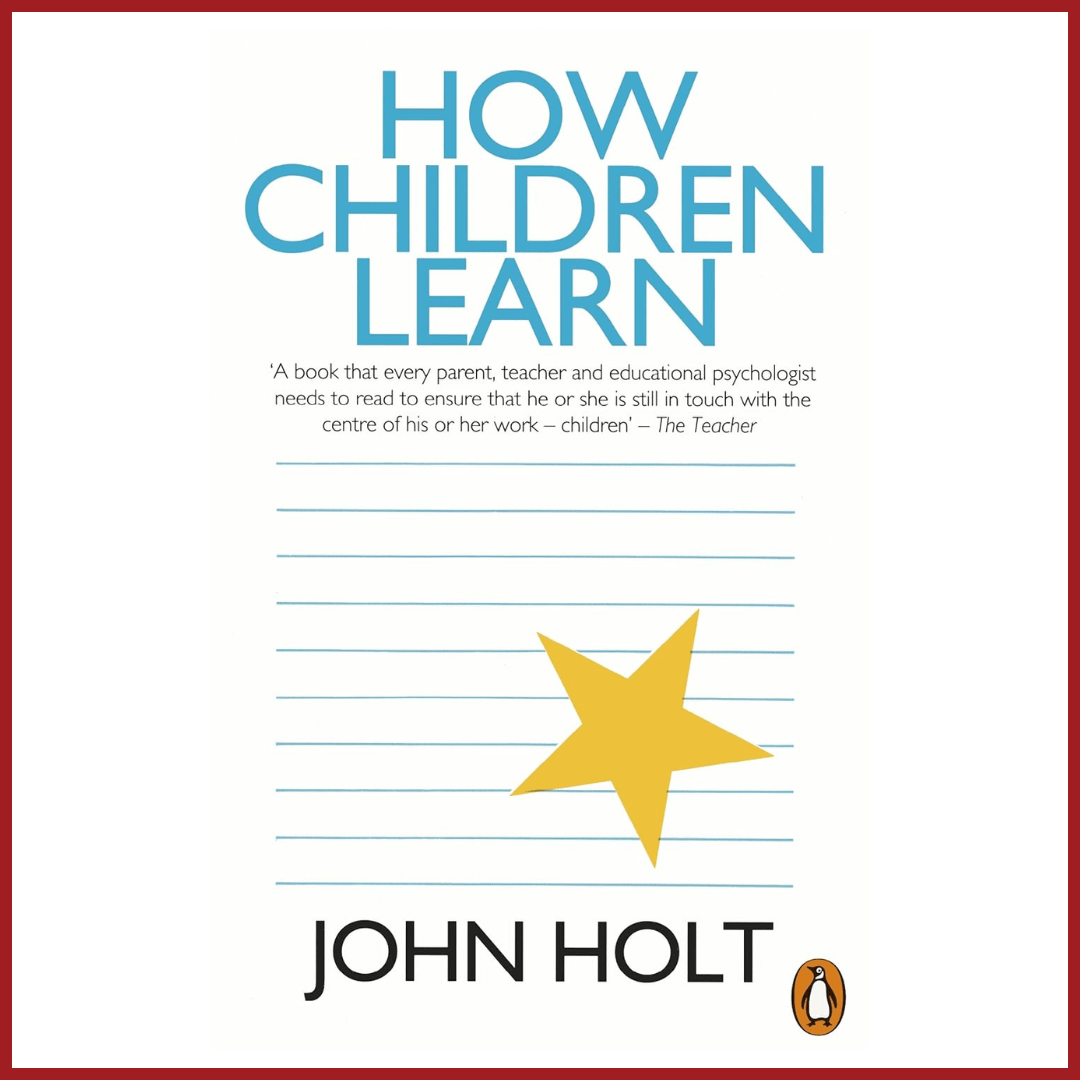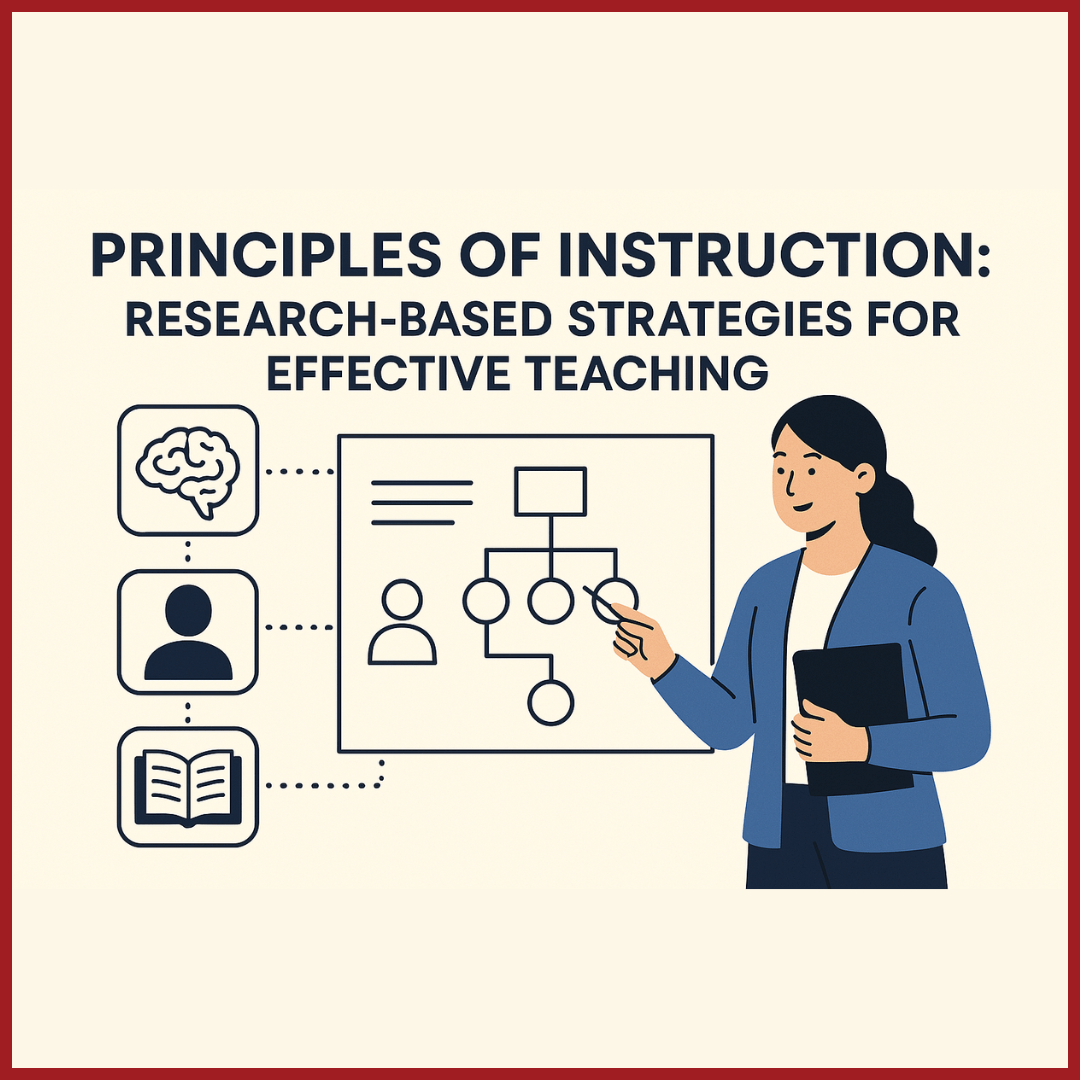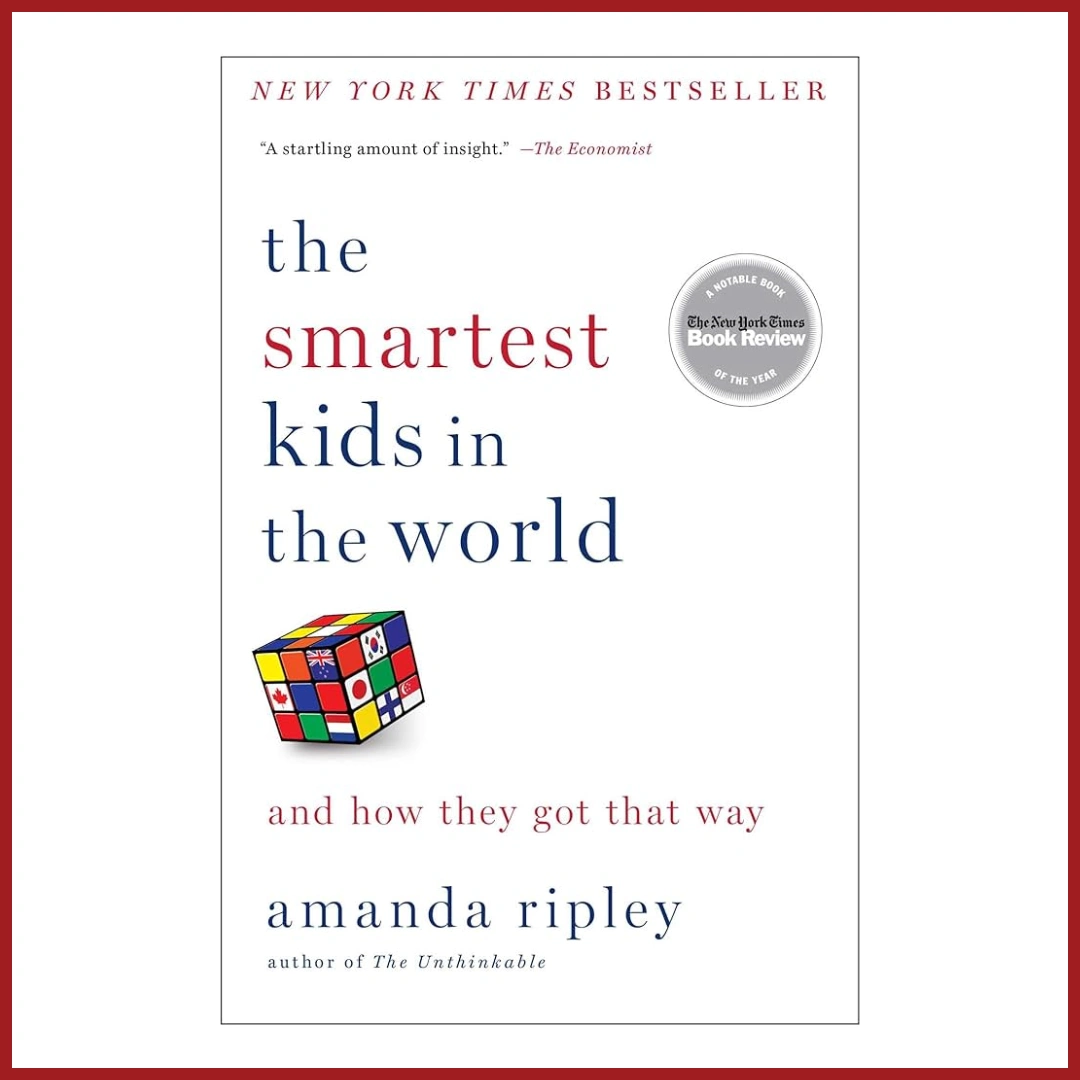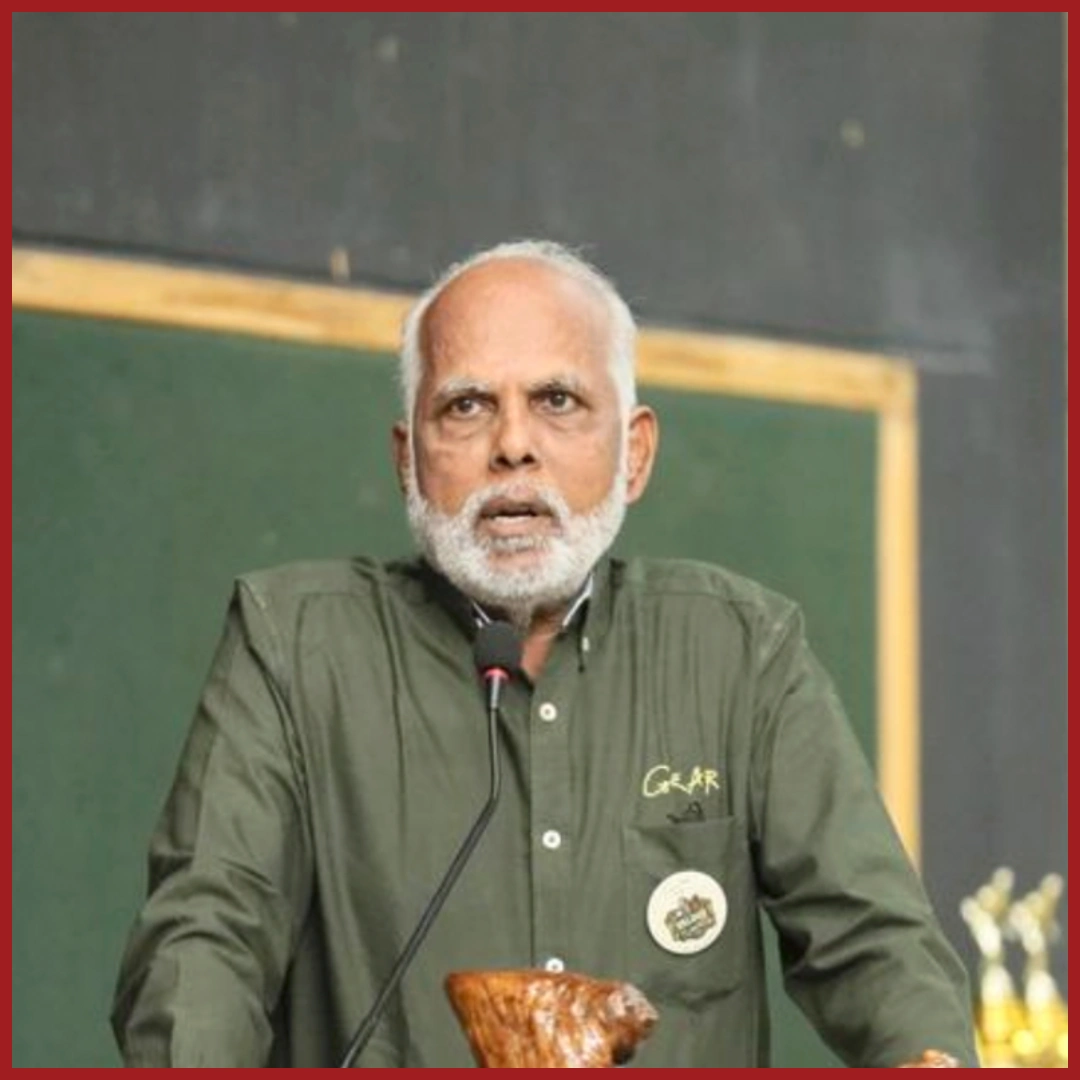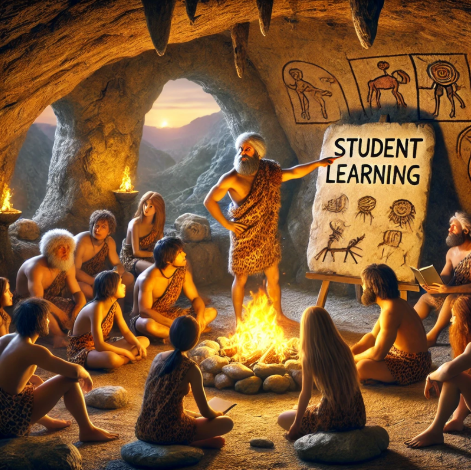Edition 04 | April 2025
Bookmarked
Discover thought-provoking book recommendations tailored for educators. Each pick includes a concise synopsis and actionable takeaways to inspire and enrich teaching practices.
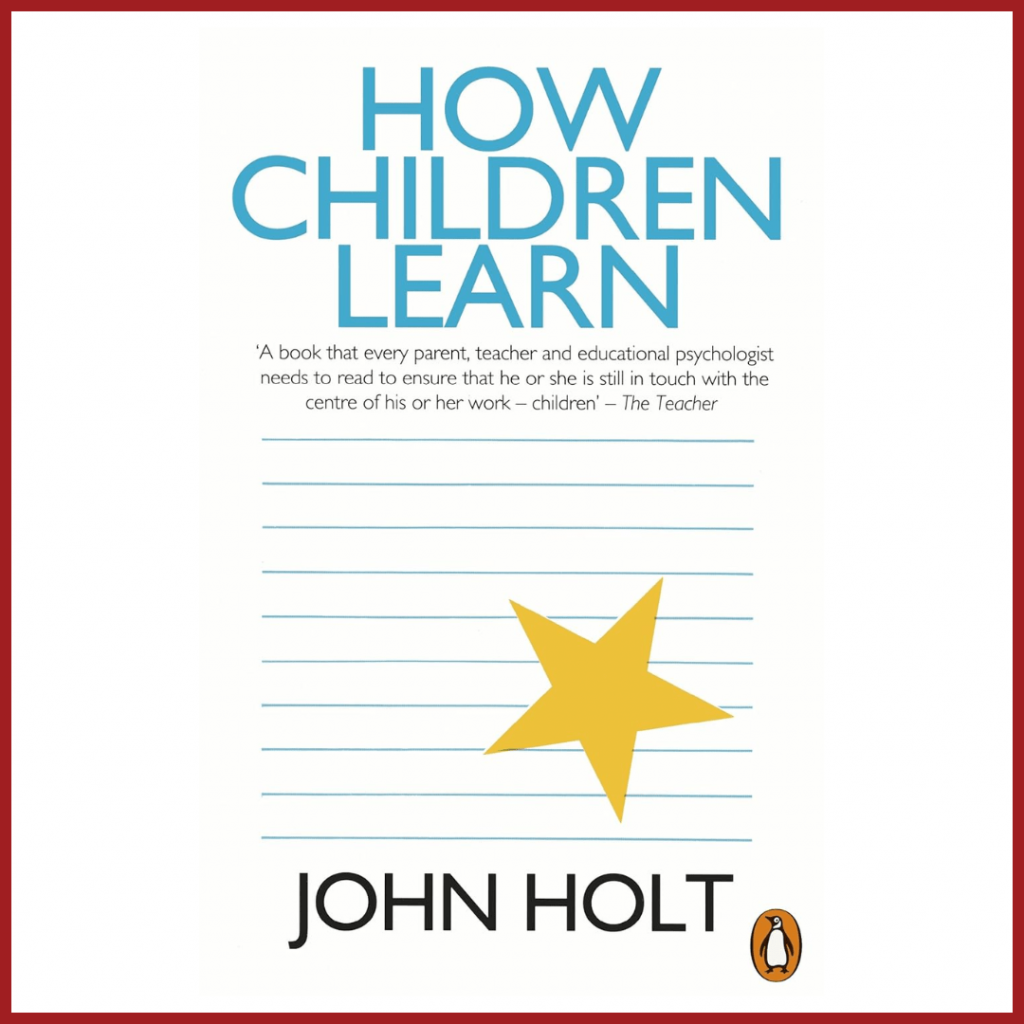
Overview:
In How Children Learn, educator and reformer John Holt challenges conventional notions of education by observing how children naturally explore and make sense of the world. Through vivid anecdotes and keen insights, Holt argues that traditional schooling often stifles curiosity by imposing rigid structures on children, instead of trusting children’s innate ability to learn through play, experimentation, and interaction. First published in 1967, the book remains a cornerstone of progressive education, advocating for environments where children are free to ask questions, make mistakes, and follow their interests.
Holt emphasises that learning is not a product of instruction but a process driven by the child’s own discoveries. He critiques standardised curricula and testing, urging educators to respect the individuality of each learner. By blending observational storytelling with philosophical reflection, Holt paints a compelling picture of education as a joyful, organic journey rather than a mechanical transfer of knowledge.
Why Teachers Will Find This Useful:
Teachers will find Holt’s work transformative for rethinking classroom dynamics and pedagogical approaches. The book offers:
- Insights into Natural Learning: Exploring children’s curiosity and play drive deeper understanding than rote instruction.
- Strategies for Empowerment: Learn to create flexible, student-centered environments that encourage exploration and critical thinking.
- Redefining Failure: Shift perspectives to reframe mistakes as essential steps in learning, not signs of inadequacy.
- Observation Skills: Develop techniques to observe and respond to students’ unique learning processes.
- Trust Over Control: Move away from micromanagement and foster autonomy, helping students take ownership of their education.
Holt’s ideas empower teachers to break free from scripted lessons and instead cultivate classrooms where curiosity and creativity thrive.
Why We Recommend It:
Reading How Children Learn feels like sitting with a mentor who gently challenges everything you thought you knew about teaching. What makes this book unforgettable is Holt’s profound respect for children. He doesn’t just theorise—he shares moments of wonder, like a toddler figuring out how to stack blocks or a child decoding words without formal instruction. These stories remind us that learning is not something we do to children but something they do themselves when given space and trust.
Holt’s writing is both lyrical and practical. He doesn’t shy away from critiquing the system, but his tone is hopeful, urging educators to reclaim the joy of learning. For teachers exhausted by rigid standards of learning and testing, this book is a breath of fresh air—a reminder that education can be a partnership, not a power struggle.
Interesting and Actionable Takeaways:
- Learning Through Play: Children absorb complex concepts (e.g., physics, language) organically through unstructured play.
- Silence as a Tool: Avoid over-explaining; give students time to puzzle through challenges independently.
- Authentic Contexts: Connect lessons to real-world scenarios (e.g., using cooking to teach fractions) to deepen relevance.
- Observe, Don’t Judge: Notice how a child approaches a problem before intervening—their methods reveal their thinking.
- Curiosity Over Compliance: Prioritise nurturing students’ questions over enforcing ‘correct’ answers.
Zoom-in Excerpts:
“Children learn from anything and everything they see. They learn wherever they are, not just in special learning places.”
— John Holt, How Children Learn
This quote encapsulates Holt’s belief that learning is not confined to classrooms or textbooks. Children constantly absorb knowledge from their environment—whether through conversations, household tasks, or observing nature. For teachers, this underscores the value of creating rich, stimulating environments and integrating ‘ordinary’ moments into learning opportunities.
Key Strategies Teachers Can Use:
- Leverage Everyday Experiences: Turn a walk outside into a science lesson (e.g., observing plant growth).
- Encourage Student-Led Inquiry: Let students explore topics sparked by their daily lives (e.g., budgeting for a class project).
- Minimise Artificial Boundaries: Blend subjects fluidly (e.g., use art to explore geometry or history to inspire creative writing).
By embracing Holt’s philosophy, teachers can move beyond prescriptive methods and create spaces where learning is as natural—and boundless—as childhood itself.
Enjoyed the read? Spread the word
Interested in being featured in our newsletter?
Check out the latest edition here.

